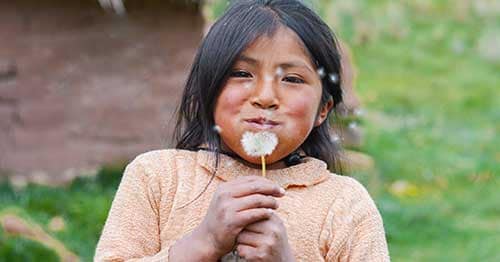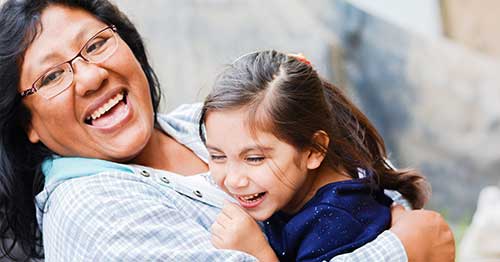5 Ways to Teach Students About Juneteenth
by Connections Academy
byConnections Academy
4 min to readBetween 11,000 and 15,000 years ago, the first humans made their way into North America. In the subsequent millennia, these first peoples spread across both continents of the Americas, establishing an incredibly diverse array of civilizations and cultures. To this day, the descendants of indigenous Americans play a vital role in the United States and far beyon — and we honor their heritage and contributions when we celebrate Indigenous Peoples’ Day.
The idea of Indigenous Peoples’ Day originated in the United Nations as a way to recognize indigenous peoples throughout the world. The worldwide day is observed every year on August 9. But, in the United States, the holiday has taken a different path for two key reasons.
From the Pueblo Indians of what is now the American Southwest to the Algonquin-language tribes of today’s Mid-Atlantic region, Native Americans had thriving civilizations in the years prior to European colonization. But that quickly changed.
Between the late-15th-century arrival of Europeans to the end of the 19th century, the population of North America’s indigenous people declined by as much as 98%.
While Indigenous Peoples’ Day is an opportunity to celebrate what Native Americans have given us, it is also an opportunity to remember—and teach—the realities of our shared history.
“In 1492, Columbus sailed the ocean blue.”
This short children’s rhyme has been recited by generations, but what do most Americans actually know about Christopher Columbus? As the explorer who opened up the Americas to Europeans, Columbus is often remembered as a hero. In fact, it’s the heroic perception of him that led the U.S. government to honor Columbus with a national holiday observed on the second Monday in October.
However, not everyone agrees that Columbus deserves to be honored.
When the idea of establishing an Indigenous Peoples’ Day in the U.S. gained popularity, many suggested it should be held on the second Monday in October in place of Columbus Day. The argument was that Columbus wasn’t someone worth celebrating, but indigenous people are. That argument has proven effective. When South Dakota became the first state to establish an Indigenous Peoples’ Day, they placed it on the second Monday in October, replacing Columbus Day.

Since South Dakota established an Indigenous Peoples’ Day in 1989, numerous other states and cities have followed suit.
States that have either replaced Columbus Day with Indigenous Peoples’ Day or have added it alongside Columbus Day include Alabama, Alaska, Hawaii, Idaho, Iowa, Louisiana, Maine, Michigan, Minnesota, New Mexico, North Carolina, Oklahoma, Oregon, South Dakota, Vermont, Virginia, and Wisconsin. And the movement isn’t over.
In 2021, Texas declared the entire second week of October as Indigenous Peoples’ Week. And, that same year, President Joe Biden became the first U.S. president to formally recognize Indigenous Peoples’ Day with a White House proclamation.
Whether you live in one of the states or cities that have established Indigenous Peoples’ Day or not, you are more than welcome to join the millions celebrating this important day.

Native Americans have greatly contributed to our modern way of life. The many innovations of Native American cultures include cable suspension bridges, baby bottles, sign language, snow goggles, syringes, rubber, the use of tar/asphalt, and much more. And that’s not even including the countless agricultural products and innovations that have changed cuisines all over the world.
When you’re considering Indigenous Peoples’ Day activities, look for ways you can learn about and honor the many indigenous peoples who made—and still make—America their home. Here are some great ways to have a meaningful and enjoyable Indigenous Peoples’ Day for kids and adults alike.
Not only is celebrating Indigenous Peoples’ Day a great way to honor the peoples who helped shape our modern world, it’s great for your child’s overall education. Learning new things exercises the brain, which is one of the top ways to raise a smart kid. Plus, having your child ask and answer questions about the world can inspire their curiosity, which can lead to better learning outcomes later on.
At Connections Academy®, we understand how children learn. And, our online school curriculum gives students what they need to learn their best. We work with each and every child to meet their specific needs and nurture their unique talents. We also make sure they gain a full understanding of the world around them so that they are prepared to succeed in their life ahead.
To learn more about what we offer, see our article on why parents choose online school.
by Connections Academy
by Cassandra Polzin
by Dan Belenky
